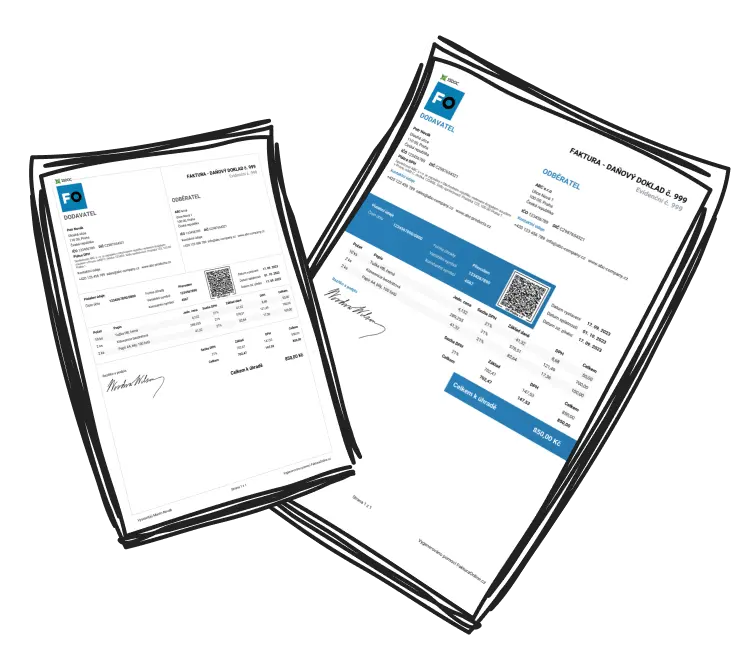An itemized invoice example is a detailed document outlining the goods or services provided by a seller to a buyer, along with their associated costs. It promotes transparency and ensures both parties fully understand the charges, often illustrated with clear examples.
For example, a freelance graphic designer might create an invoice that includes:
Logo design: $300
Web page mockups: $500
Social media assets (3 at $100 each): $300
Subtotal: $1,100
Tax (10%): $110
Total: $1,210
Each service is listed as a separate line item with details about the service, quantity, rate, and total cost. This clarity minimizes confusion and fosters trust between the seller and client.
How Can I Create an Effective Itemized Invoice?
Creating an effective itemized invoice relies on clarity and professionalism. Here are essential tips to ensure your invoice works for both parties:
Keep the formatting clean and organized to avoid confusion.
-
Include the following key sections to create a solid itemized invoice example:
Header: Business name, logo, and your contact details.
Client Information: Name and address of the client.
Invoice Details: Invoice number, date issued, and payment terms (e.g., "Net 30").
Itemized Table: Description, quantity, unit price, and line total for each service.
Totals: Subtotal, taxes, discounts (if any), and total amount due.
Notes: Additional instructions or thank-you messages (e.g., "Payment accepted via PayPal or bank transfer").
Use professional templates or invoicing software to ensure consistency.
Maintain branding by incorporating your business colors, fonts, or logo.

Tip
Save time by using invoicing software such as QuickBooks or FreshBooks, which offers formatting guides and automatic calculations.
What Steps Are Involved in Making an Itemized Invoice?
Follow these steps to create an effective itemized invoice:
Label the Document
Clearly label it as an "Invoice" at the top.Add Business and Client Information
Include your business name, logo, address, and contact details. Add the client’s details to ensure proper delivery and reference.Provide an Invoice Number and Dates
Assign a unique invoice number and include the issue date and payment due date.-
Create an Itemized Table
Add a table with headings for:Description of goods or services.
Quantity (if applicable).
Unit price or hourly rate.
Total cost of each line item.
Calculate Subtotals and Taxes
Sum up the amounts for all services and goods. Add in taxes, discounts, or fees to get the total amount due.Clearly State Payment Methods
Specify acceptable payment methods (e.g., credit card, PayPal, or bank transfers) alongside any account details.Double-Check and Save in PDF Format
Review to ensure all information is accurate. Save and send the invoice as a PDF to maintain its formatting.
Don’t forget to include payment terms (e.g., 'Late payments after 30 days will incur a 5% fee').
Why Is an Itemized Invoice Important for Businesses?
Itemized invoices are key to running a professional and financially sound business. Here’s why:
Transparency for Clients
Through an itemized invoice example, transparency is achieved by detailing all charges, eliminating misunderstandings and establishing trust. Clients know exactly what they’re paying for and why.Simplified Financial Records
Itemized invoices serve as essential documents for tracking revenue, managing expenses, and maintaining organized records for tax reporting and audits.Dispute Resolution Tool
Clearly outlining services or goods makes it easier to resolve disputes. Each charge is documented, creating a reliable reference for conversations with clients.

Tip
Save all invoices systematically for compliance and easy access during tax season.
Are There Any Templates for an Itemized Invoice Example?
Yes, there are many templates available that simplify the invoicing process! These templates come pre-formatted with essential fields such as service descriptions, quantities, and amounts.
Microsoft Excel: Offers templates for quick calculations of taxes and totals.
Microsoft Word: Visually customizable for businesses that want to add branding elements.
QuickBooks or FreshBooks: Professional software with built-in calculation tools and sleek designs.
Canva: Highly customizable templates with an easy drag-and-drop interface.
Using templates saves you time and ensures your invoices maintain a professional appearance. Most tools offer free or subscription-based options depending on your needs.
Creating an itemized invoice doesn't have to be complicated. With the right tools and formatting, you can issue professional, detailed invoices that streamline your business processes and make things smoother for both you and your clients.


